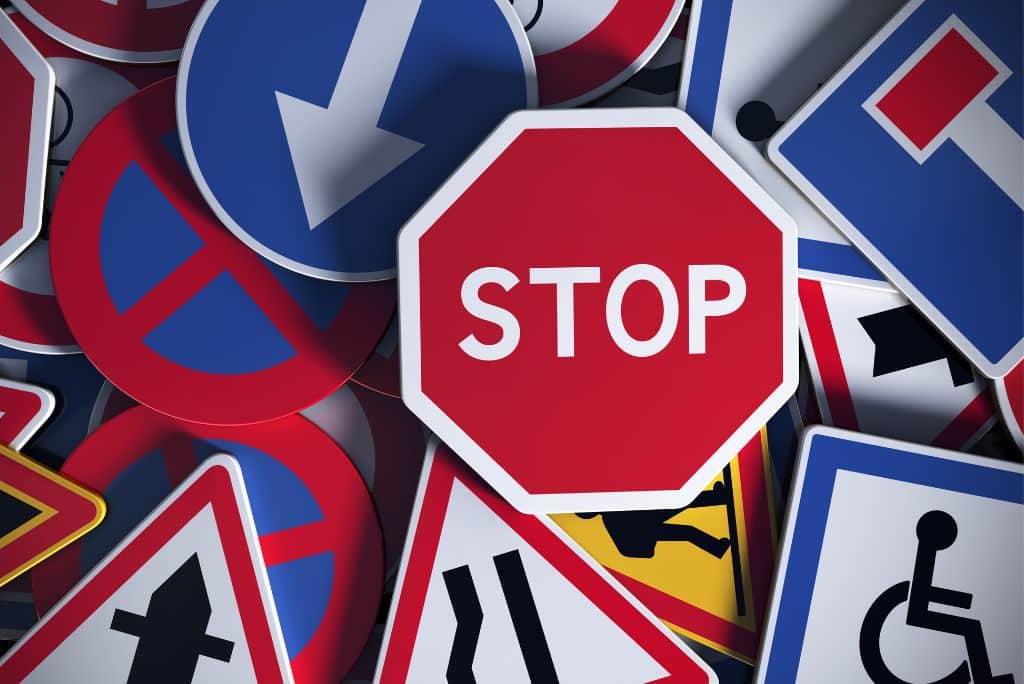Situational Awareness While Driving: Why It’s Essential for Road Safety

Pilots are used for the phrase situational awareness. Professional pilots teach their students that having good observation skills and knowing what’s happening around them is essential. They must be ready to respond to any unforeseen changes in the flight route.
The same logic applies to controlling any kind of vehicle. When the operator cannot focus on the task, he risks endangering himself and others. Keeping your mind on the road and making rapid decisions are demanding activities. Sadly, many drivers fail to see the need to maintain situational awareness when behind the wheel. It is why several jurisdictions have passed laws to fight these different distractions while driving, such as texting.
You must take driving lessons in Washington to learn the best driving tips and advice.
Understanding Situational Awareness
Situational awareness is the capacity to observe, comprehend, and anticipate circumstances based on available data. To have situational awareness when driving, you must be conscious of your surroundings, including the road, traffic, weather, other vehicles, and pedestrians. By maintaining situational awareness while driving, you can anticipate potential hazards and take appropriate actions to avoid them.
Why is Situational Awareness Essential for Road Safety?
Situational awareness on the road is crucial for your protection and the protection of others. Being alert on the road allows you to do the following:
1. Identify potential hazards
Situational awareness is a critical component of road safety, as it helps drivers identify potential hazards and make the right decision for them promptly and appropriately. By being aware of their surroundings and constantly scanning for potential risks, drivers can avoid accidents and ensure their safety and the safety of others on the road.
Some of the potential hazards that drivers need to be aware of include the following:
- Other vehicles: Drivers need to be alert to the presence and movements of other vehicles on the road, including cars, trucks, buses, motorcycles, bicycles, and pedestrians.
- Road conditions: Drivers need to be aware of the state of the road, including potholes, debris, and wet or icy surfaces that can affect the vehicle’s handling and stability.
- Weather: Drivers must be aware of weather conditions such as rain, snow, fog, or high winds, which can reduce visibility and affect driving conditions.
- Wildlife: Drivers need to be alert to the presence of nature, such as deer or moose, which can suddenly dart onto the road and cause a collision.
- Mechanical failure: Drivers need to be aware of signs of mechanical failures, such as strange noises or warning lights, which can indicate a potential problem with the vehicle’s brakes, steering, or other critical systems.
2. Anticipate the actions of other drivers
Situational awareness can help you foresee and respond to the actions of other drivers. When driving, you are responsible for your efforts, but you also need to be aware of the actions of other drivers on the road. Being able to anticipate the actions of other drivers can help you react more quickly to unexpected situations. Situational awareness also involves knowing the traffic flow and patterns around you. By anticipating how traffic moves, you can adjust your speed and position on the road at a safe distance from other vehicles and avoid potential hazards.
3. Make quick decisions
A driver must process vast information and make decisions quickly to avoid potential accidents. Situational awareness is the ability to sense and understand the surrounding environment, including potential hazards, and react appropriately.
For instance, suppose a driver is driving on a busy road and suddenly notices a pedestrian crossing the street ahead. In that case, the driver must quickly decide to slow down or stop to avoid hitting the pedestrian. Without situational awareness, the driver may not have noticed the pedestrian until it was too late to react, leading to a potentially catastrophic accident.
Tips to Improve Situational Awareness While Driving
To stay safe on the road and avoid accidents, you must know what’s happening around you. Here is some advice to help you enhance your situational awareness while driving:
Scan the road ahead: Keep your eyes on the road ahead of you in case there are any obstacles, like a stopped car, a pedestrian, or a piece of debris, that might cause an accident.
Check your mirrors: Always use your mirrors to check on what’s going on behind you. When making a lane change or turning, always double-check your mirrors.
Maintain a safe distance: Keep a safe space from the vehicle before you to allow for sudden stops or unexpected turns.
Learn defensive driving: Learning defensive driving can help improve your situational awareness while driving because it teaches you to anticipate potential hazards on the road and take steps to avoid them. Defensive driving involves being focused, aware of your surroundings, and understanding the behavior of other drivers, pedestrians, and road conditions.
By developing good defensive driving habits, you can reduce your risk of being involved in an accident and increase your chances of arriving at your destination safely. Defensive driving techniques can also help you to react quickly to unexpected situations, such as when another irresponsible driver suddenly cuts in front of you or a pedestrian steps out into the road.
Conclusion
In conclusion, situational awareness is a crucial skill for ensuring safety on the road, much like its critical role in aviation as taught by professional pilots.
It requires drivers to be keenly aware of their surroundings, including other vehicles, road conditions, weather conditions, wildlife, and potential mechanical issues.
This heightened awareness helps drivers to identify potential hazards, anticipate the actions of other drivers, and make swift, informed decisions to prevent accidents.
However, many drivers still underestimate the importance of situational awareness, leading to increased risks and accidents.
To address this issue, laws targeting driving distractions such as texting have been enacted in various jurisdictions.
To enhance your situational awareness and contribute to safer roads, consider enrolling in driving lessons that focus on defensive driving techniques.
Defensive Driving School offers specialized driving lessons in Washington that are designed to equip you with the skills needed for maintaining awareness and reacting appropriately to potential hazards.
Our lessons emphasize the importance of being attentive, scanning the road, regularly checking mirrors, maintaining safe following distances, and anticipating possible dangers.
FAQs
What is Situational Awareness in Driving?
Situational awareness in driving refers to being fully aware of your surroundings while operating a vehicle. It involves understanding and anticipating road conditions, traffic patterns, and potential hazards to make safe driving decisions.
Why is Situational Awareness Important for Road Safety?
Situational awareness is crucial for road safety as it helps drivers recognize and react to potential dangers in time. It enables drivers to anticipate the actions of others, respond to changes in road conditions, and avoid accidents.
How Can I Improve My Situational Awareness While Driving?
To improve situational awareness, focus on scanning the road, using mirrors to monitor traffic, maintaining a safe following distance, and staying alert to changes. Defensive driving courses can also enhance your awareness skills.
Can Situational Awareness Help in Avoiding Accidents?
Yes, situational awareness is key to avoiding accidents. By being aware of your environment and anticipating risks, you can take proactive measures to prevent collisions and ensure the safety of yourself and others.
What Are Common Distractions That Affect Situational Awareness?
Common distractions include mobile phone use, eating, adjusting the radio or GPS, talking to passengers, and daydreaming. These distractions can significantly impair a driver’s ability to maintain situational awareness.

